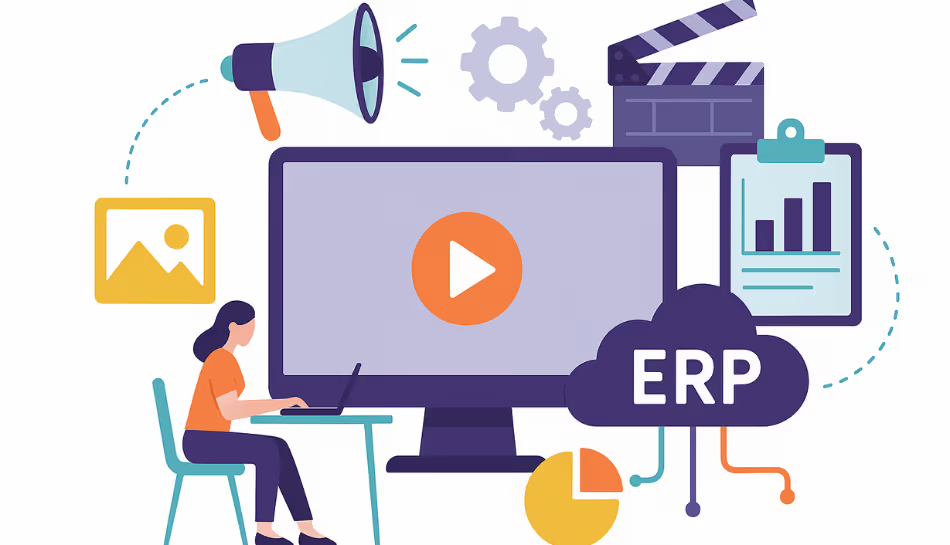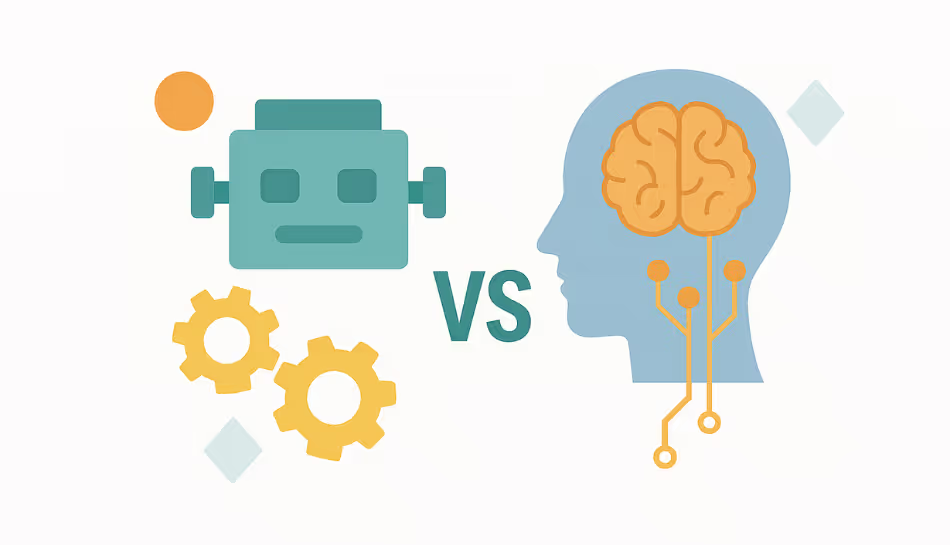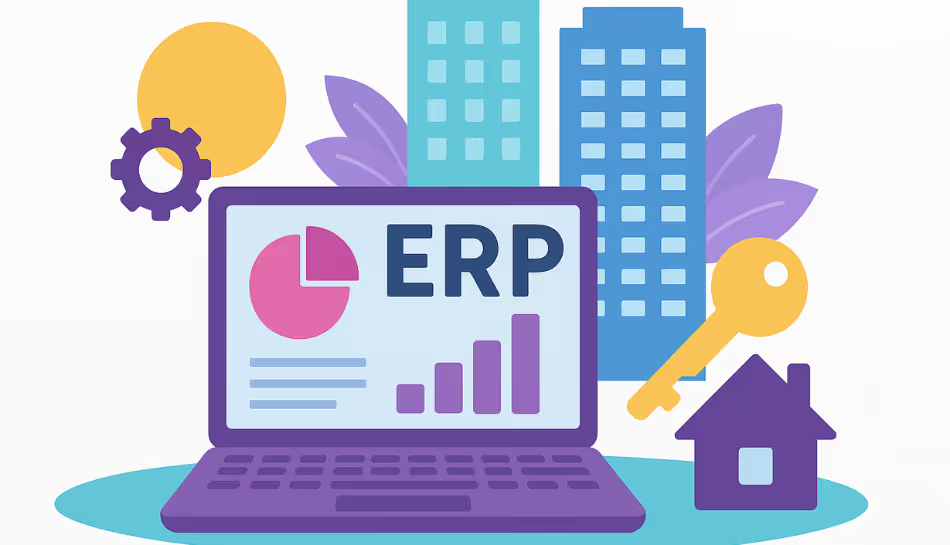The media and entertainment industry runs on tight deadlines, multi-platform content, and constant collaboration between creative, production, and business teams. In this fast-paced environment, delays and disjointed workflows can lead to missed release dates, rising costs, or inconsistent output.
Enter Media Industry ERP Software, a modern solution designed to bring structure, speed, and visibility to every stage of content production and distribution.
Why ERP in Media and Entertainment?
Traditional ERP software was built for manufacturing and finance-heavy businesses. But over time, ERP systems have evolved to meet the unique needs of content-driven industries. Today, Media and Entertainment ERP Software aligns creative processes with business goals, integrating everything from project planning to asset management, budgeting, distribution, and analytics.
Core Challenges in Media Operations
Without a centralized system, media companies often struggle with:
- Siloed workflows between departments
- Inefficient asset and rights management
- Delays in project approvals and budgeting
- Manual coordination of distribution across platforms
- Lack of real-time visibility into project status and costs
These pain points are amplified when working across multiple teams, geographies, or formats (film, digital, print, broadcast, etc.).
How ERP Software Transforms Media Operations
Here’s how a well-implemented ERP system changes the way media companies function:
- End-to-End Production Management
From idea to post-production, every stage can be planned, scheduled, and tracked. Teams get real-time updates, project milestones, and automated task alerts, reducing delays and confusion. - Budget and Resource Control
ERP software allows finance and production teams to collaborate on accurate budgets, monitor spend, and reallocate resources quickly if needed, keeping costs predictable and controlled. - Digital Asset Management
All files, footage, graphics, and audio clips are stored and organized in a single system. Access is controlled, version history is maintained, and teams spend less time searching and more time creating. - Rights and Licensing Tracking
ERP systems tailored for media help manage intellectual property rights, license durations, and usage terms, critical for avoiding legal or contractual issues. - Multi-Channel Distribution
Whether it’s OTT platforms, social media, cable TV, or print, ERP software can automate scheduling, track content usage, and manage platform-specific formats to ensure smooth delivery. - Real-Time Insights and Reporting
Executives and producers get dashboards showing project progress, cost summaries, content pipeline status, and delivery performance, all in one place.
Who Should Use ERP in the Media Sector?
This software is ideal for:
- Television and film production houses
- Streaming and OTT content companies
- Advertising and creative agencies
- Publishing and broadcast media firms
- Digital content creators at scale
If your team juggles multiple projects, formats, or distribution channels, a media ERP can streamline your entire operation.
Final Thoughts
As the media landscape grows more complex and fast-paced, operational efficiency becomes as crucial as creativity. Media and Entertainment ERP Software empowers teams to deliver high-quality content, faster and more cost-effectively, without the chaos.
In short, it lets creativity thrive—backed by data, structure, and control.



